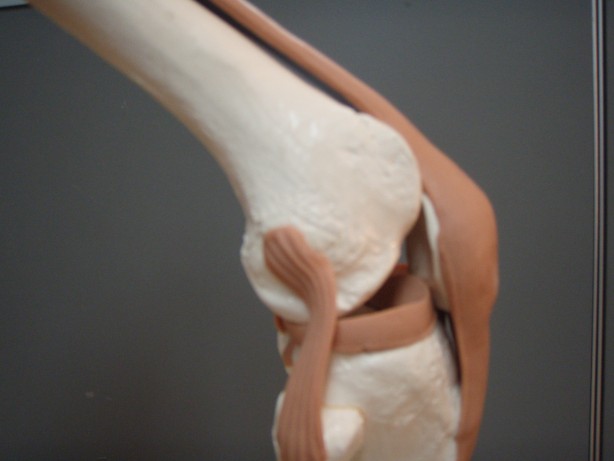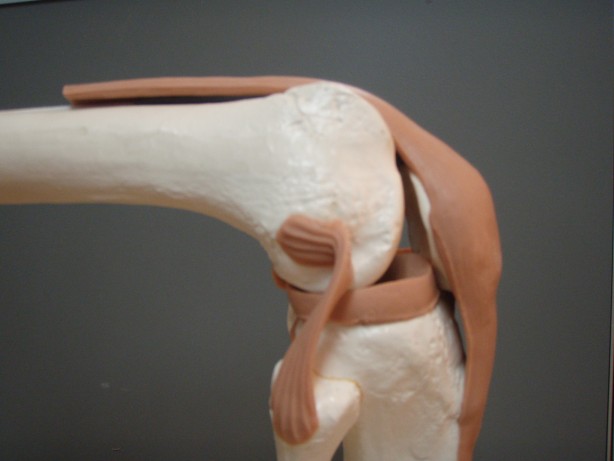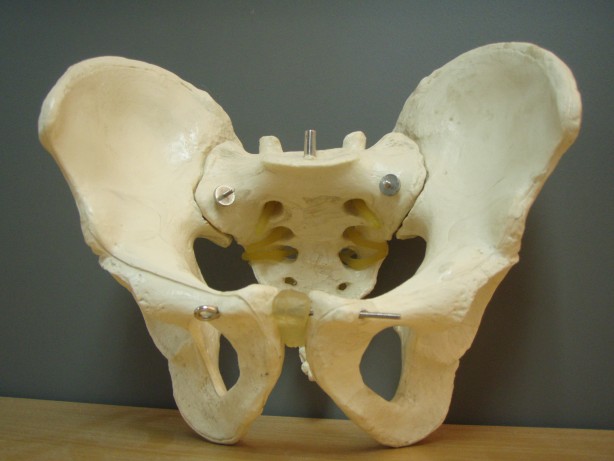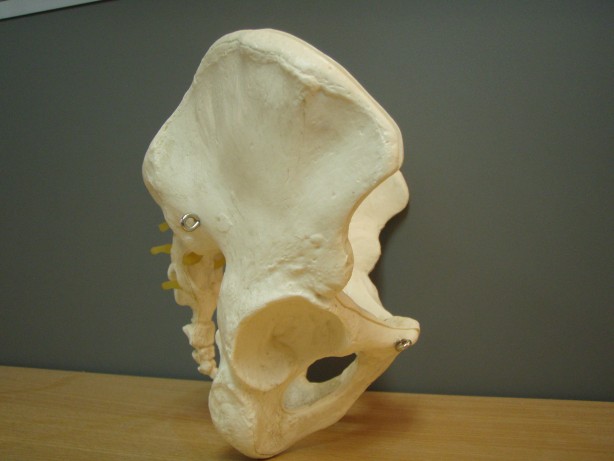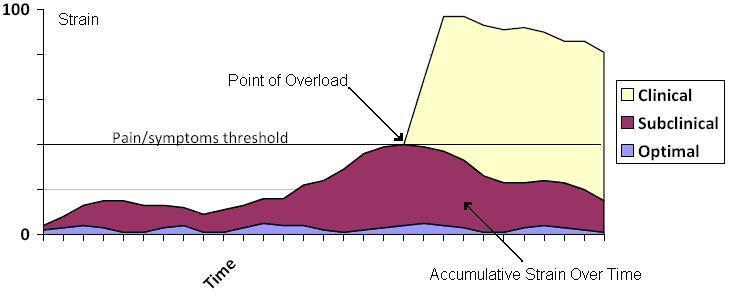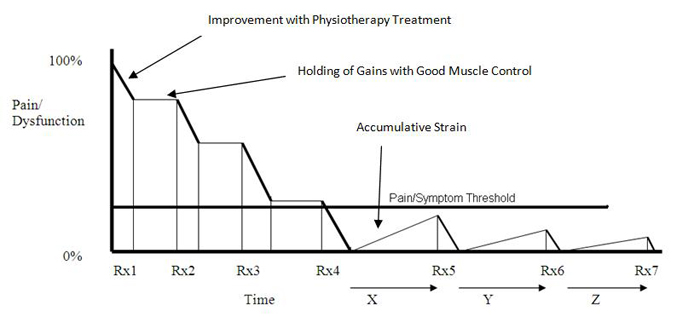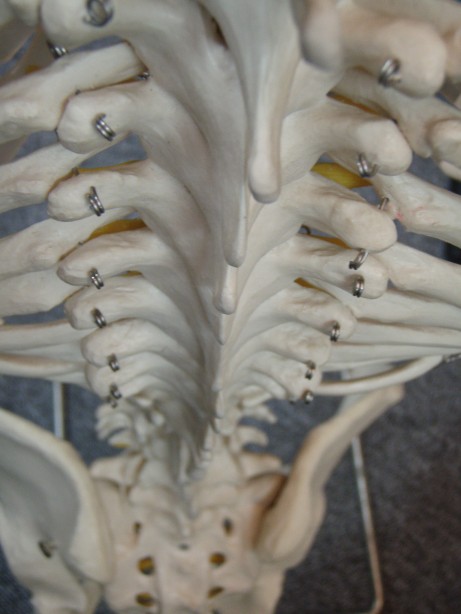Explanation of Musculoskeletal Injury and Pain
Sports Injuries | Chronic Pain | Spinal Conditions | Musculoskeletal Conditions
How many people are suffering musculoskeletal injury & pain** and why?
|
|
Did you know?
|
If you have, suffered, or are suffering, pain and injury then you can rest assured you are not alone.
The good news is that the vast majority of these painful problems are not permanent, and can be much improved in less than a week with great physiotherapy.
Why would the incidence of musculoskeletal injury & pain be so high?
What are we doing that brings on so many problems to so many people?
Let’s start to answer these questions by looking at the possible cause of musculoskeletal pain and injury in two categories:
|
|
1. Accumulative strain or Cumulative TraumaPublished journal articles¹ explain that accumulative strain is the process of minor forces repetitively acting on ligaments, joints, muscles or nerves due to a lack of good control [poor position] of the body parts involved. A simple analogy can be if you imagine a door with its hinges positioned incorrectly and the corner rubbing against the frame every time it moves – eventually the structure of the edge of the door breaks down. Our bones are like the frame and door and the hinges are like our muscles controlling the door. Also, some tissues suffer accumulative strain through sustained tension over time. Another simple analogy is if you imagine a rubber band that has been held in a stretched position for a long time (e.g. a year); its structure is weakened and requires very little force to snap the band. A similar process occurs to tissues in the body such as the ligament tissues; for example the annulus fibres that make up 'discs' between our spinal vertebrae. These ligaments are quite elastic, like a rubber band, and if your muscles don’t hold a good position of the vertebral bones [i.e. poor posture] then sustained or repetitive tension is applied to the ligament fibers and this can weaken the structure. It doesn't take much force [slouching, or sitting up too straight, is enough], or time [just twenty minutes or more each time repeated frequently over months or years] for the fibres to 'strain' to the point that negative signals are sent to the brain warning of the damage becoming dangerous. Protective mechanisms and pain are the result. 2. Non-accumulative straina) A one-off incident with high force causes the injury and pain. For example; a motor vehicle accident, falling from a height, slipping and falling, being tackled or hit etc. b) More rarely, diseases cause musculoskeletal pain, for example different types of arthritis, infection, and genetic diseases. It is not commonly known that great physiotherapy can relieve the strain to the vast majority of musculoskeletal conditions in both the categories above, very quickly. You don’t have to wait for healing to occur to be able to be pain free and back to full function! |
Getting back to the cause of pain and injury:
Which of the above is the major cause of most musculoskeletal problems?
- Accumulative or
- or Trauma and disease?
You might be surprised to learn that it is by far the Accumulative Strain that is the major underlying cause of most injuries and pain that most of us experience.
Often when the pain onset seems to occur suddenly it is actually the movement which was the ‘straw that broke the camel’s back’.
Another way to analyse if the cause of a problem is accumulative is to look at whether the same, or similar, activity when the pain occurred had been performed previously. If so, then it is unlikely that the activity itself was the cause, but more likely the many times it had been performed in the past without adequate muscle control.
The graph below summarises:
- 'Optimal' with the blue line showing minimal strain with well balanced 'hinges' (muscles and joints) during daily life.
- 'Subclinical' strain that build up over time, the maroon area, and not enough to require conscious warning with the brain creating pain.
- 'Clinical' is shown by the yellow area, where the brain's guarding protection and warning signal creating pain turns into a vicious cycle that does not quickly settle by itself. The point where the Strain Line hits the Pain Threshold is the point where the 'straw breaks the camel's back'.
Ridgway Method Model of Musculoskeletal Health
Common activities that produce the kind of accumulative strain shown above are where pain occurs that are most likely the result of accumulative strain:
- Pushing beyond normal ranges, and-or prolonged fatiguing positions
- Turning your head to reverse the car
- Bending over to put on shoes
- Bending over to pick up a heavy object such as a pot plant
- Using a computer for many hours each day
- Sitting for many hours each day
- Driving for many hours
- Repetitive tasks without many breaks and variation (painting, cleaning, manual work)
- Repetitive actions in sport ... and many more (basically, anything performed for long periods or repetitively)
Is it any wonder that so many people in our society suffer musculoskeletal pain?
But, remember, it’s not the activity that leads to accumulative strain; it’s the way the activity is performed with your muscle control.
Sometimes the body part in which the brain creates pain is the area the suffered the injury. And... of great interest; most commonly the area you experience your pain is different to the body part that suffered accumulative strain. We term this 'referred pain'. You might imagine it can be tricky to solve the cause of a condition if the pain is in a different area. It is a big challenge... and Ridgway Method Certified Practitioners have a unique system that allows us to solve the cause very efficiently.
The Ridgway Method provides a reliable system for rapid problem solving and confidence the actual cause is resolved (in the vast majority of cases).
The RM Progress Graph below describes the typical results achieved with the Ridgway Method.
Each improvement made with RM treatment is represented by a downward slope of the graph. In this example below the treatments achieve a pain-free state in 120-minutes (four sessions). The norm is for this method to achieve pain-free, full range in 60-240 minutes of assessment and treatment (2-8 visits) within 2 weeks. If the results are not coming this quickly we may not be the right practitioners for the job! In these cases we will help you find the right practitioner.
RM Progress Graph
Ridgway Method Musculoskeletal Recovery Model
This accumulative strain description is true for every body part; your back, neck, jaw [TMJ], rib cage and your limbs. Including all kinds of conditions from spinal disc strain, sciatica, neck-headaches, tennis elbow, shoulder impingement, carpal tunnel, muscle ‘tears’... and many more.
For optimal results prevention of recurrence is the key. For this reason it is important to note that increasingly less frequent sessions are needed after achieving the pain-free stage (X, Y & Z above) - RM Tune Ups.
The very positive side-effect of this kind of treatment is that performance enhancement also occurs, as optimal muscle control to prevent recurrence is the same muscle control required for best performance!
It's hard to believe there can be rapid solutions to injury and pain.
- What would you do if you saw a result (e.g. a stubborn, painful condition fixed in a few sessions in a few days) that you previously would have thought not possible? Would you deny the result and hold onto your beliefs? Or, would you accept the result and change your beliefs?
Ridgway Method Certified Practitioners (RMCPs) immediately changed their beliefs due to seeing the RM scientific, objective problem solving system. RMCPs are presently available Australia-wide and soon to be in New Zealand.
A Common Question - Why can’t I just ‘sit up straight’ to hold good posture and prevent pain?
|
|
There are two answers to this question:
A results-based recovery process for relieving strain, a hands-on process called the Ridgway Method.For Traumatic and Accumulative injury, the Ridgway Method solves what kind of muscle control is required for long term solution for each individual. This problem solving process for pain requires a lot of technical skill, a lot of individual personal attention, including advanced problem solving and advanced testing methods. RMCPs have advanced training and advanced assessment skills to achieve the Ridgway Method technical problem solving process. TeamworkWe understand the importance of everyone working together for achieving your goals. This is why RMCPs work hard at helping people that support you - instructors, coaches, personal trainers, parents of younger clients, group leaders, therapists, GPs etc. |
Please consider sending the link to this page to someone you think would be interested to learn this forward-thinking information.
If you have questions please contact us and ask.
Please note: Your situation may vary from the explanation above. If you are not sure, please ask your physiotherapist to confirm your individual condition.
We offer our unique injury prevention services in one-on-one, hands-on consultations ready for your booking for today, or you can express you interest in our group workshops.
** The term musculoskeletal refers to muscles, joints, bones and nerves.
¹Published journal article: Marras Wm S: The case for cumulative trauma in low back disorders. The Spine Journal 3 (2003) 177... click here »
To find a Ridgway Method Certified Practitioner »














